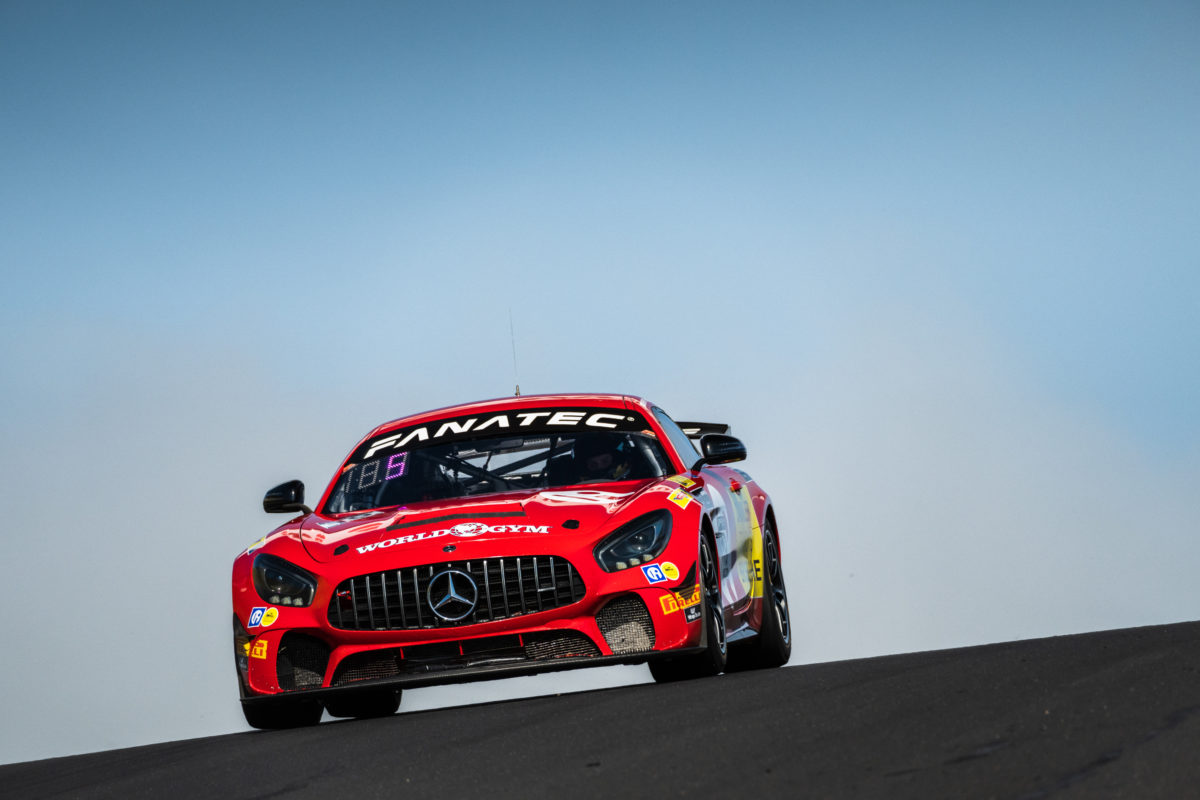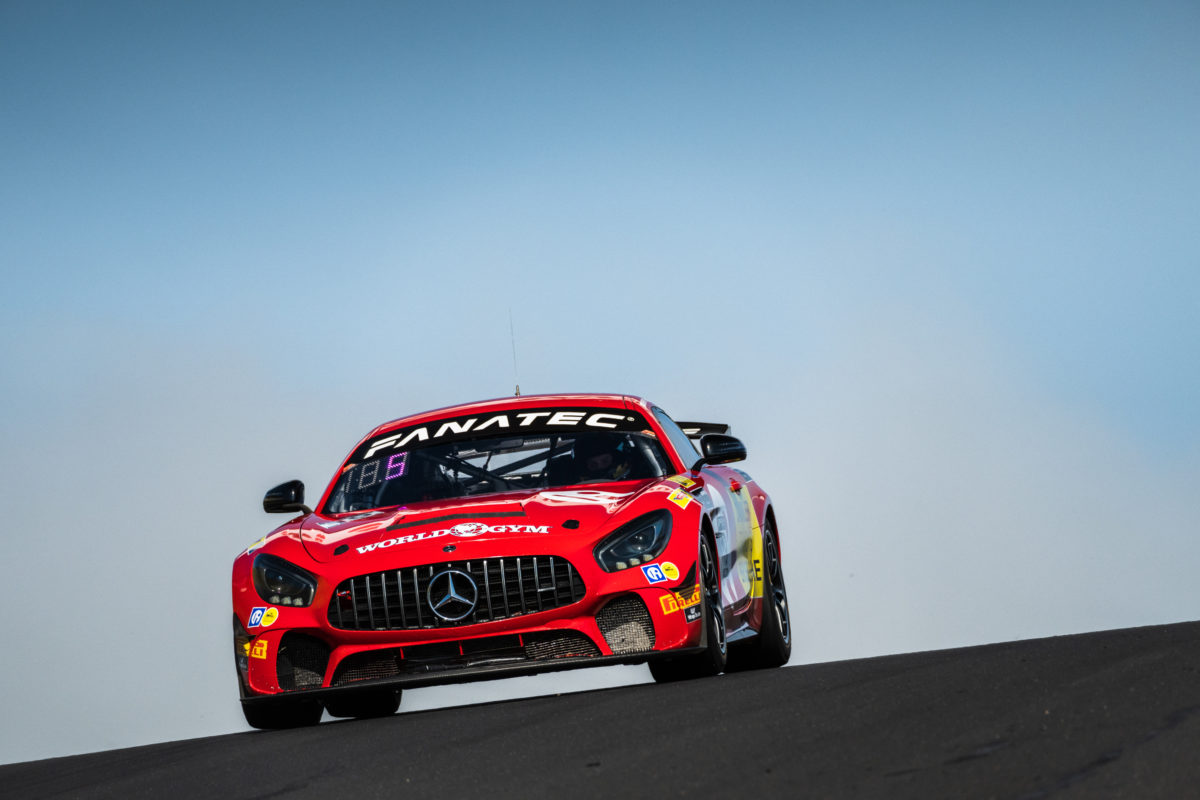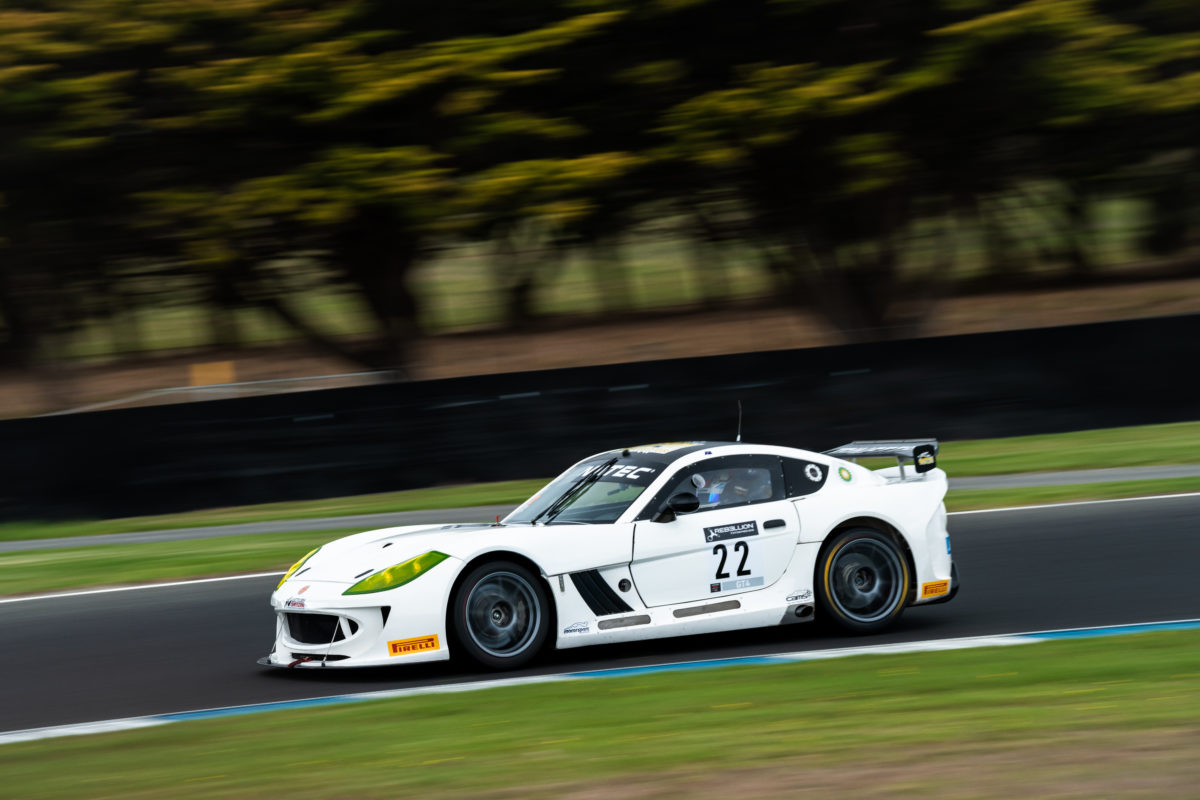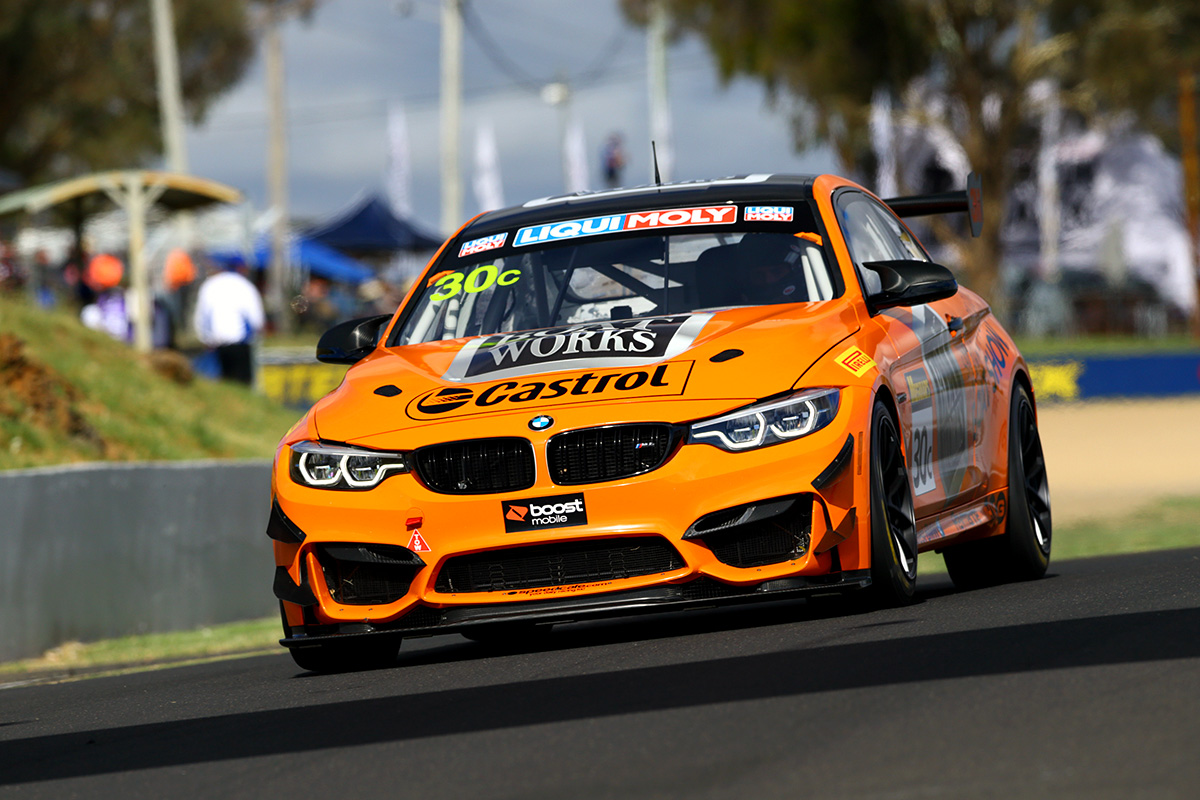

GT4 has barely featured on the local motorsports landscape, but the future is bright for this category if it is managed well.
So far, GT4 has been hidden behind GT3 here in Australia and has never been given the platform it needs to thrive. That’s mainly because a GT4 car ends up looking like a poor relation to its GT3 equivalent when they share the track. They lap Mount Panorama, for instance, some 13 seconds slower than a GT3 car.
GT4 drivers, quite rightly but unavoidably, don’t really like having to constantly look in their mirrors and they don’t really get any kudos for their endeavours at the end of the day.
But experience from elsewhere in the world is showing that, when GT4 is given the right platform, it can thrive with good grids and great racing. The race cars, very much production-based, are all developed and sold by the respective manufacturer of the car.
This ensures that they not only meet exacting safety standards, but they are reliable and well-developed with the surety that the BoP (Balance of Performance) will help ensure equality of performance.
The BoP from SRO (the originators of the GT4 category) is well-developed using data from around the world and is straightforward to enforce and scrutineer.
Given that GT4 has become a very international category over the last five years, in particular, this ensures that there is a ready market for both new and used cars across the world.
Meanwhile, in Australia, Class X cars have become a cul-de-sac for the top of the 3E production category.
These cars are all of one brand (BMW), are locally built without the access to the parts and technology available to the OE manufacturer and are nowhere near as reliable as a GT4 car. And Class X has become an expensive arms race as almost every newly built car takes an entirely (normally) legal step forward from the last.
Every GT4 car is developed with an Enduro race kit to incorporate refuelling capability, meaning that an off-the-shelf set-up can be bought if required without having to resort to some of the less secure, and less well-honed, systems that are evident in the Class X pit lane today.
Some folk will say that GT4 cars are too expensive to buy. Well, there are different price points for different models. They also retain their value better than most race cars as the market is so broad. A Class X car can pretty much only be sold in Australia. Furthermore, some Class X competitors have privately admitted to me the amounts they are spending to build cars are very similar to the cost of a new GT4 car.

Moreover, there is nothing so expensive as a race car that’s unreliable. Witness the problems with Class X cars in the early laps of the Bathurst 6 hour this year. Software issues quickly removed several front-running cars from contention. In an era of unavoidably highly sophisticated software in production cars, having the systems developed by the OE manufacturer for racing just removes a huge layer of expense and potential unreliability.
Then consider that many of the models running in GT4 are actually de-tuned from their road car counterpart, and you can understand that they are often under-stressed with consequently very long running times between rebuilds.
Taking all the points above into consideration, it’s easy to appreciate that the real lifetime cost of running a GT4 car is almost certainly less than that of a Class X car, especially if you correctly value the number of racing laps achieved versus time spent with technical issues.
In pretty much every previous era of true production-based racing, one make of car became unbeatable and therefore variety disappears. Today, it’s BMW in Class X. In the Group A days, it was the Sierra before the Skyline GT-R gazumped it. In the mid class of Group A, it was the BMW M3.
The beauty of GT4 and the BoP is that it actively encourages variety and a wide range of different makes and models without having to resort to multi classes. Cars such as the Toyota Supra and Ford Mustang can compete against the McLaren 570 and the AMG GT.
Finally, GT4 cars are no quicker than the current front-running Class X cars when they are on the same tyre. There shouldn’t be a fear that these cars are going to much faster – they’re not. But they will draw a line in the sand with the BoP whereas the current Class X cars are going to continue to go faster as the arms race accelerates.
I’m not advocating the immediate death of Class X, but I am pointing out that there’s a better way forward, with infinitely more variety, and in due course GT4 will probably become the top category of production car racing here. Hopefully, with the recent joint announcement from ARG and APC, we’ll start to see GT4 develop properly in Australia.
Last week’s Roland’s View: Supercars biggest secret





















Discussion about this post